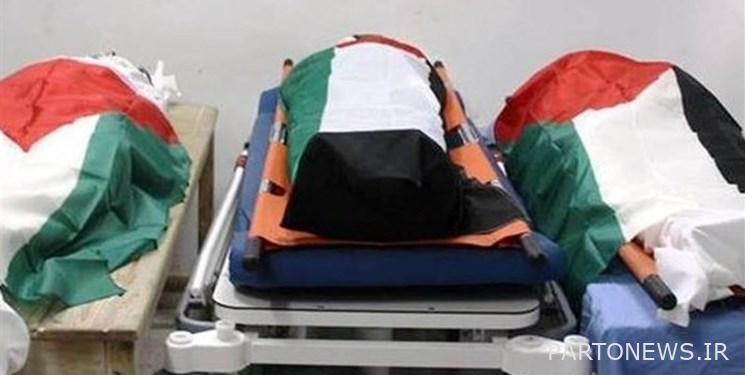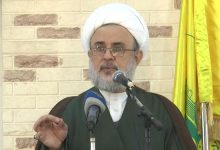Seizure of the bodies of more than 370 Palestinian martyrs by the Zionist regime

According to the report of Fars International News Agency, “Abdelnaser Farwane”, the director of the Center for Studies and Documents in the Palestinian Prisoners and Freed Persons Affairs Board, says that the Zionist regime keeps the bodies of more than 370 Palestinians in “prisons of the dead” and inside numbered cemeteries and morgues. He refuses to hand them over to their families.
During the first press conference, he stated: These bodies belong to Palestinian and Arab martyrs, men and women, in different times, years and circumstances, and 11 bodies belong to the prisoners of the Zionist regime who were martyred during captivity.
Further, Farwane considered the action of the Zionist regime in seizing the bodies of Palestinian martyrs as one of the most heinous and the biggest obvious human, moral, legal and religious crimes and said that this regime is the only regime in the world that is responsible for revenge and collective punishment of Palestinian families and people from cemeteries and The morgue is used as a prison for martyrs.
The use of seized bodies by the Zionist regime for the purpose of applying pressure, blackmail and bargaining as part of the policies of this regime has been going on for decades.
The detention of the bodies of Palestinian prisoners who were martyred by the Israeli occupation has been strongly opposed by human rights organizations. In addition, in 2017, the Supreme Court of the Zionist regime, following the complaint of the Quds Legal Center and the Detainee and Released Affairs Assistance Center on behalf of 6 Palestinian families, issued a ruling that invalidated Tel Aviv’s policy regarding the permissibility of confiscating the bodies of Palestinians as leverage in negotiations. announced a law and prohibited “arresting or burying the bodies of dead Palestinians in numbered cemeteries”.
A few years ago, a member of the Arab Knesset of the Zionist regime reported that dozens of bodies of Palestinians were buried in Nakja Abad, that about 308 of these bodies were registered, but these bodies were buried in cemeteries known as “Numbered Cemetery” and Instead of the names of those killed in these cemeteries, only a number plate is recorded. These cemeteries are located in military areas and ordinary people cannot go there, and instead of a tombstone, a metal plaque is placed on the grave.
Yasam Arori, the director of the Quds Relief Center, also explained in more detail that there were four numbered cemeteries in the Zionist regime, and probably because the stomachs of the bodies buried in these cemeteries were emptied and these bodies did not have death certificates, they refused to hand them over to their families. has been
There have also been reports of the Zionists using Palestinian organs for research or using them for the Zionist soldiers.
Nabil Hammad, a researcher at the Quds Relief Center, also described the graves of these cemeteries and said: In these cemeteries, the graves are 50 centimeters apart, and journalists, the International Red Cross and families cannot go there under any circumstances. According to our research, the average age of Palestinians buried in these cemeteries was 18 to 25 years.
“Hamad” says about the methods of the Zionist regime to destroy the morale and bring the Palestinians to their knees: Israel wants to punish the Arabs and Palestinians even after death, and in some way also threaten; Even the houses of martyrs are bombed and destroyed after martyrdom.
“Isa Karake”, the Minister of Palestinian Prisoners’ Affairs, also said about Israel’s kidnapping of the body parts of Palestinian martyrs: when we found out that the martyrs were not ordinary bodies when they were bathed, we were also given reports from the hospitals that the bodies of the martyrs were Palestine has a strange situation.
end of message/m
You can edit this article
Suggest this article for the first page

